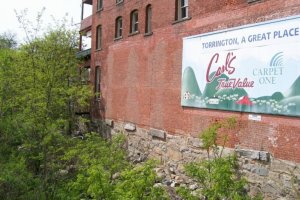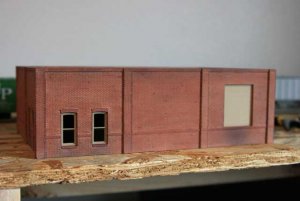OK guys...I really need some help here.
I'm painting Nscale DPM kits...quite a few of them...and so far I've been pretty bad at picking out the correct colors to pass for an exterior brick or mortar building. What combinations have you found look great together? So far, I'm painting them by hand, which really requires two coats. I've tried to get a basic brick shade and concrete or granite color for the window sills and facade highlights, but I really haven't liked the color combinations I've chosen. And I have no idea what colors were chosen for the model pictues shown on the DPM site. They're buildings look well planned and their color schemes look great...but I haven't been able to figure out their color choices.
Additionally, do you find it easier and better to air brush the basic structures then go back and get the doors/windows with a brush? Or do you paint them by hand too?
Any ideas will be a blessing 'cuz so far I've painted some marginally ugly combinations. - Thanks -
I'm painting Nscale DPM kits...quite a few of them...and so far I've been pretty bad at picking out the correct colors to pass for an exterior brick or mortar building. What combinations have you found look great together? So far, I'm painting them by hand, which really requires two coats. I've tried to get a basic brick shade and concrete or granite color for the window sills and facade highlights, but I really haven't liked the color combinations I've chosen. And I have no idea what colors were chosen for the model pictues shown on the DPM site. They're buildings look well planned and their color schemes look great...but I haven't been able to figure out their color choices.
Additionally, do you find it easier and better to air brush the basic structures then go back and get the doors/windows with a brush? Or do you paint them by hand too?
Any ideas will be a blessing 'cuz so far I've painted some marginally ugly combinations. - Thanks -






